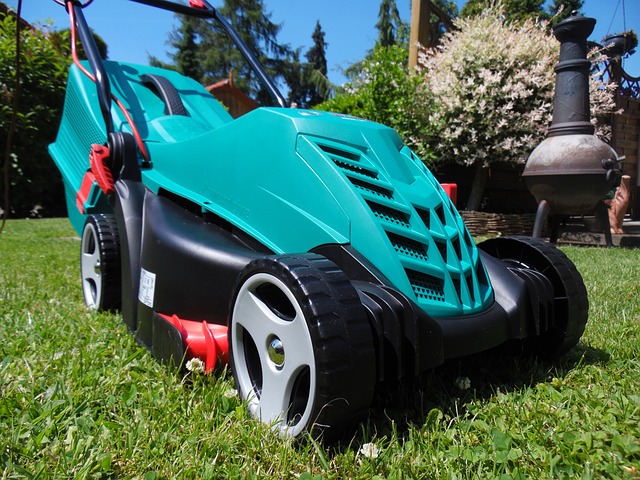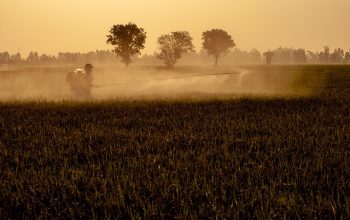Mulching, a vital practice in Lawn Care and Landscaping, involves adding organic or inorganic materials to soil to prevent weed growth, conserve moisture, and enhance grass health. Organic mulches like wood chips enrich the soil over time with essential nutrients, while inorganic options like stones provide a durable barrier against weeds and erosion. Both methods improve landscape aesthetics and promote sustainable lawn care practices by reducing watering needs and insulating soil from extreme temperatures.
Transform your lawn into a picture-perfect oasis with the simple yet powerful practices of mulching and edging. In this comprehensive guide, we explore how these techniques can elevate your lawn care routine. Discover the benefits of mulching for promoting healthy grass roots and preventing weeds. Learn about various mulch types and their unique advantages. Then, master the art of edging to achieve neat, defined boundaries. From choosing the right mulch to mastering precise cuts, these practices will enhance your landscape’s overall aesthetics and value.
Understanding Mulching for Healthy Lawns

Understanding Mulching for Healthy Lawns
Mulching is an essential practice in lawn care and landscaping that involves placing a layer of organic or inorganic material on top of the soil around your grass. This protective barrier serves multiple functions, promoting lawn health and beauty. By blocking out sunlight, mulching prevents weed growth, allowing your lawn to compete for resources without unwanted competition. Additionally, it conserves moisture by reducing evaporation from the soil surface, leading to healthier grass even during dry periods.
Organic mulches, such as wood chips or compost, enrich the soil over time as they break down, adding essential nutrients that support robust growth. Inorganic options like stones or rubber chips provide a more durable barrier against weeds and erosion but do not contribute to soil health in the same way. Either choice can enhance the overall aesthetics of your landscaping while contributing to sustainable lawn care practices.
– The benefits of mulching and its impact on lawn health

Mulching is an essential practice in lawn care and landscaping, offering numerous benefits that contribute to a lush and healthy green space. By applying organic materials like wood chips or straw over the soil surface, mulching creates a protective layer that improves overall lawn health. It helps retain moisture in the soil, reducing the need for frequent watering and minimizing water evaporation. This is especially beneficial during hot summer months when proper hydration is crucial for grass growth.
Additionally, mulch acts as a natural insulator, shielding the soil from extreme temperatures. In colder seasons, it prevents rapid temperature drops, protecting sensitive roots from damage. Conversely, during hotter weather, mulching keeps the soil cooler, reducing stress on the lawn. This insulation effect also promotes better root development, ensuring a stronger and more resilient grass foundation. Furthermore, organic mulch gradually decomposes, enriching the soil with essential nutrients, which support robust plant growth in the long run.
Mulching and edging are essential practices in lawn care and landscaping, offering numerous benefits for a healthy, vibrant lawn. By understanding and incorporating these techniques, homeowners can enhance their outdoor spaces, ensuring a lush and well-maintained landscape that adds beauty to any property. These simple yet powerful methods contribute to the overall health and aesthetic appeal of lawns, making them a game-changer for anyone striving for an impeccable garden.



